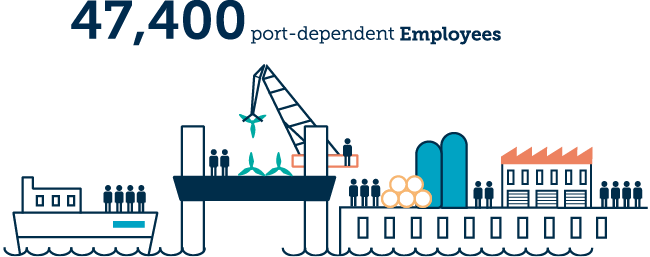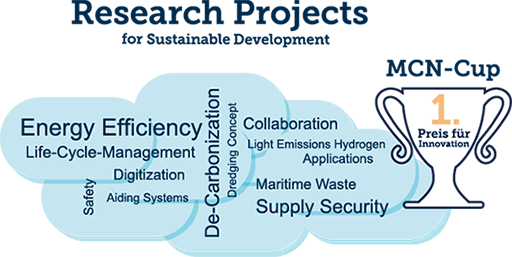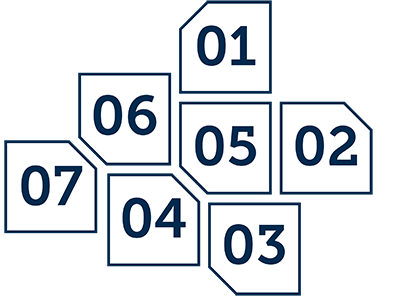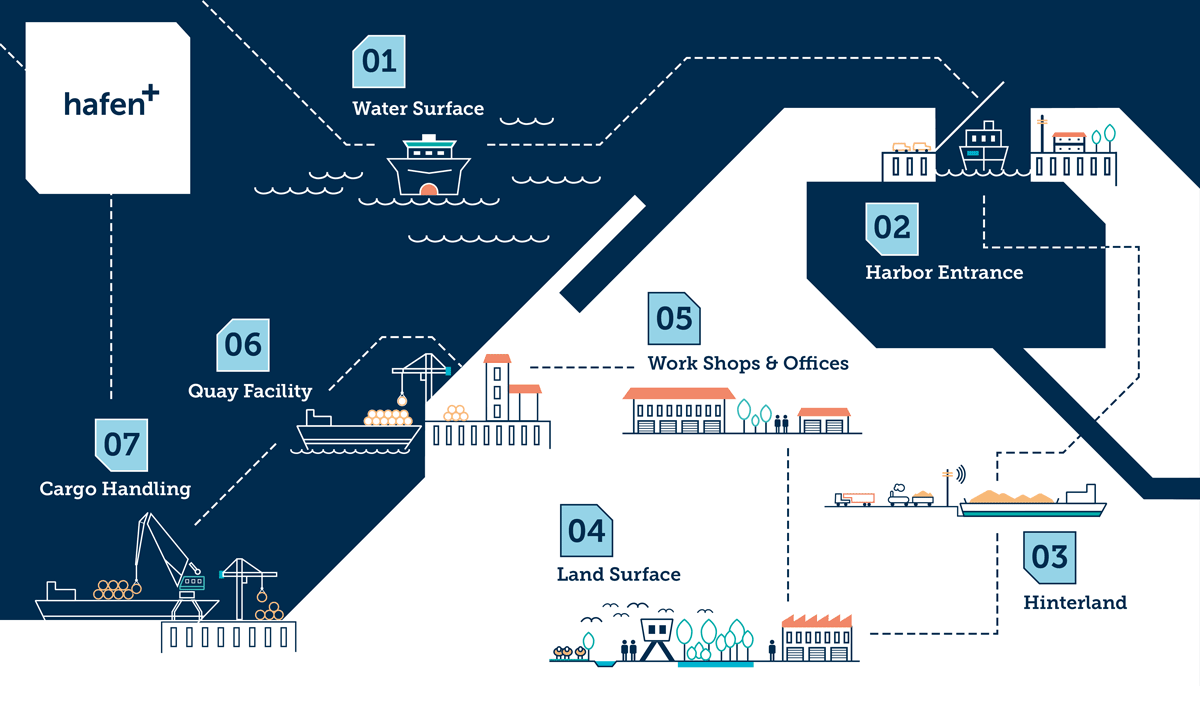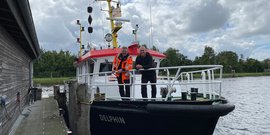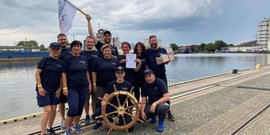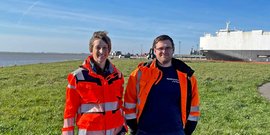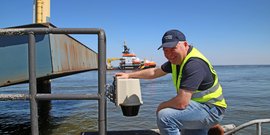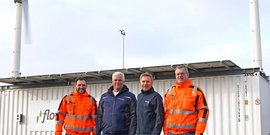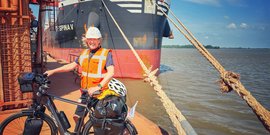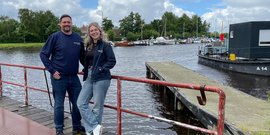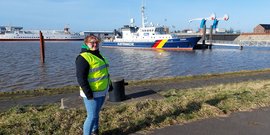We are the ports for a sustainable future.
Sustainability is Here to Stay
hafen+ is the name of our Sustainability Strategy that got us on our way to steering our ports towards a lively future since 2017. From then on, sustainability has represented an added value for us to that the 15 port locations of NPorts contribute for a strong coastal region in Niedersachsen: More value for people, environment, and business performance!
Today, six years later, we have traveled this road for a good distance. Within four important fields of action, we have initiated numerous measures and have begun to measure and continuously improve our sustainable contribution. Since that time, we have transparently and regularly reported about the stations and successes of our learning journey called “Sustainability”, now for the third time with our Sustainability Report 2023. We are proud of what we have accomplished. It shows us that it actually works! And we also know that, in light of the global challenges to climate, society, and economy, we still have to ramp up our efforts. Therefore, sustainability is clearly developing to become a compass for our overall corporate action.
In the online area hafen+ we report in depth and often about the ‘plus’ of our Sustainability Strategy: In stories, numbers, facts & figures. Follow the stories or go straight to our reporting. Depending, on how you want to start the voyage with us.
Foreword

Dear Readers,
Let us get straight to the point: Sustainability has arrived at NPorts. And it's here to stay. This third Sustainability Report of our company showcases developments, insights, and decisions that clearly move our project into the spotlight: Here, on Niedersachsen’s coast, we are the ports that stand for a sustainable future.
The multiple crises that have posed an ever-increasing challenge for us as a society during the past years have really put a spotlight on the crucial role that our ports play when it comes to a sustainable development of prosperity and safety, not only in the region, but in the country at large. Our 15 port locations make us an important hub for Germany's energy supply. Our powerful seaports make up the logistical backbone for Europe. This is where we are designing the energy transition and ensuring supply security in a meaningful way for our country.
Join Us on Our Harbor Tour
The opportunities and challenges of our Sustainability Strategy are different for each of our sites. Be it Brake, Wilhelmshaven, Cuxhaven, Norden, Stade, or Emden: Our ports operate in completely different environments with special focuses. But some of the stations are the same for all ports. Join us on our virtual tour of the port through seven stations, where we generate sustainable added value for our coastal region in Niedersachsen through targeted development.
Our Plus Stories
On any given day, there is a lot going on in our 15 ports. Find out more about our team and our latest stories, neatly correlated to the seven important stations for sustainable action at NPorts.
Please find the facts in the Sustainability Report 2023 here.


